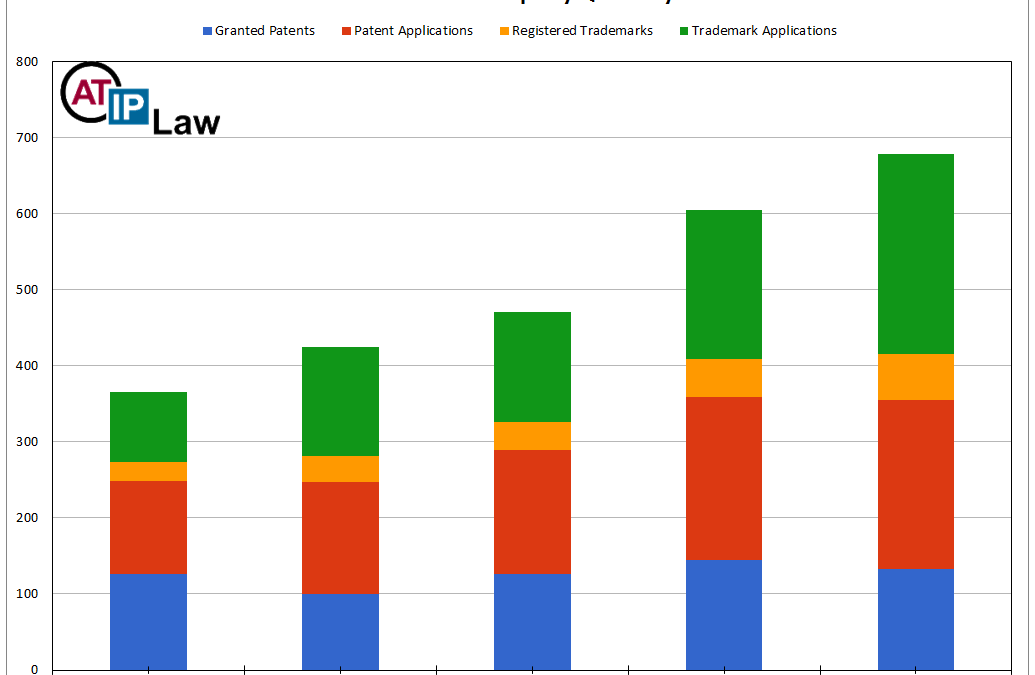Drone Intellectual Property Index — First Quarter 2016
The number of granted drone patents decreased 8% and the number of published drone patent applications increased 4%.
The number of registered drone trademarks increased 22% and the number of new drone trademarks applications increased by 34%.
Overall, the index increased 12% over the previous quarter and 85% over the previous year.
The drone boom continues. This is another remarkable increase in intellectual property activity. Innovators and entrepreneurs continue to create new drone technologies and new drone related products and services.
Definitions
As we use the word here, a “drone” is a vehicle that does not have an on-board human operator. Most drones have some degree of autonomous operation. At least some aspect of a drone’s operation is controlled internally. This requires a computer and software. Vehicles that require a human to control every aspect of operation, such as a hobbyist’s remote controlled airplane, are generally not considered drones.
Most drones use a mixture of autonomous and human control. For example, many drones have the ability to automatically stabilize the vehicles by adjusting control elements and power settings, but a human is needed to tell the drone where to go.
Aerial drones are also known by several different names and acronyms. Here are the most popular:
- Remotely Piloted Vehicle (RPV)
- Unmanned Aerial Vehicle (UAV)
- Unmanned Aircraft (UA)
- Unmanned Aircraft System (UAS)
- Unmanned Combat Aerial Vehicle (UCAV)
We attempt to limit the Drone Intellectual Property Index to patents and patent applications that appear to be substantially related to and specifically intended for use with drones. Since drones use a very wide range of technologies (please see our drone technology article), we do not attempt to include every patent or application that could be applied to drones.
As we use it here, the term “drone” includes any autonomous vehicle.
Drone patent applications are applications that have been filed with and published by the U.S. Patent and Trademark Office. Although most applications are published, a small percentage (about 7% nation wide) are not published for various reasons. Patent applications are generally published 18 months after the first priority date of the application. Published applications have not necessarily been examined and some applications will be abandoned after publication. Once an application is examined and approved and all fees and formalities have been satisfied, the Patent Office grants a patent.
Drone trademark applications are applications that have been filed with the U.S. Patent and Trademark Office and that are related to drone products and services. Once a trademark application has been examined and approved and all requirements and formalities have been satisfied, it becomes a registered trademark.
More Information
Please see our intellectual property page for more information on intellectual property, our patent page for more information on patents and our trademark page for more information on trademarks.
Please contact us if we can be of assistance to you.


